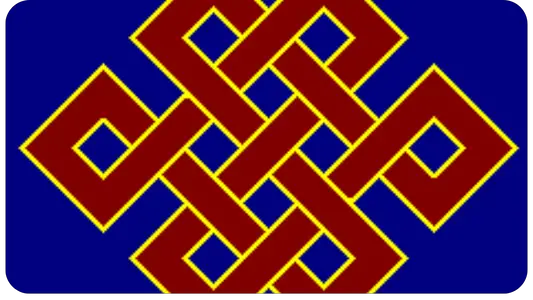Tertön (Tibetan: གཏེར་སྟོན་, Wylie: gter ston) is a term within Tibetan Buddhism meaning "treasure discoverer". It is used to designate human beings who are especially gifted in discovering terma (treasure) teachings or texts.
According to these beliefs, terma teachings can be shown to a tertön, at the time they are needed, either through the discovery of hidden texts or mental revelations.
Tertön in history
Important tertön
The exact number of tertön in history is unknown, although there is a list that names 275 from the eleventh to the twentieth centuries, classifying them according to the nature of the terma (earth or mind), and in turn according to the relevance of the teachings contained in their discoveries: great, major and minor tertön. Five of the 108 great ones are qualified as "King of terma", these are:
1124-1192 Nyangral Nyima Oser (Nyang-ral Nyi-ma 'od-zer);short name: Nyang Ralpa, 1212-1273 Guru Chowang (Chos-dbang) 1346-1405 Dorje Lingpa (rDo-rJe gLing-pa), also known as Yungdrung Lingpa, 1450-1521 Padma Lingpa (Pema gLing-pa), 1820-1892 Jamyang Khyentse Wangpo (Jam-dbyangs mKyhen-brtse'i dbang-po).
The female tertön
Although most tertön are men, there are exceptions such as Kunga Bum. One explanation is that it is believed to be very important for the male tertön to have a female consort to support him in his effort to reach the state of heightened sensitivity necessary for the terma to be revealed to him.
However, most men lack the compassion necessary to help and support the woman during her efforts.
Recent Tertön
Tertön of the 20th century are:
1940-1987 Chögyam Trungpa, first tertön to establish himself and teach in the West, creator of Shambhala Training and a series of texts as the fruit of his revelations in the so-called Shambhala Terma's.
Dudjom Rinpoche
Dilgo Khyentse Rinpoche





